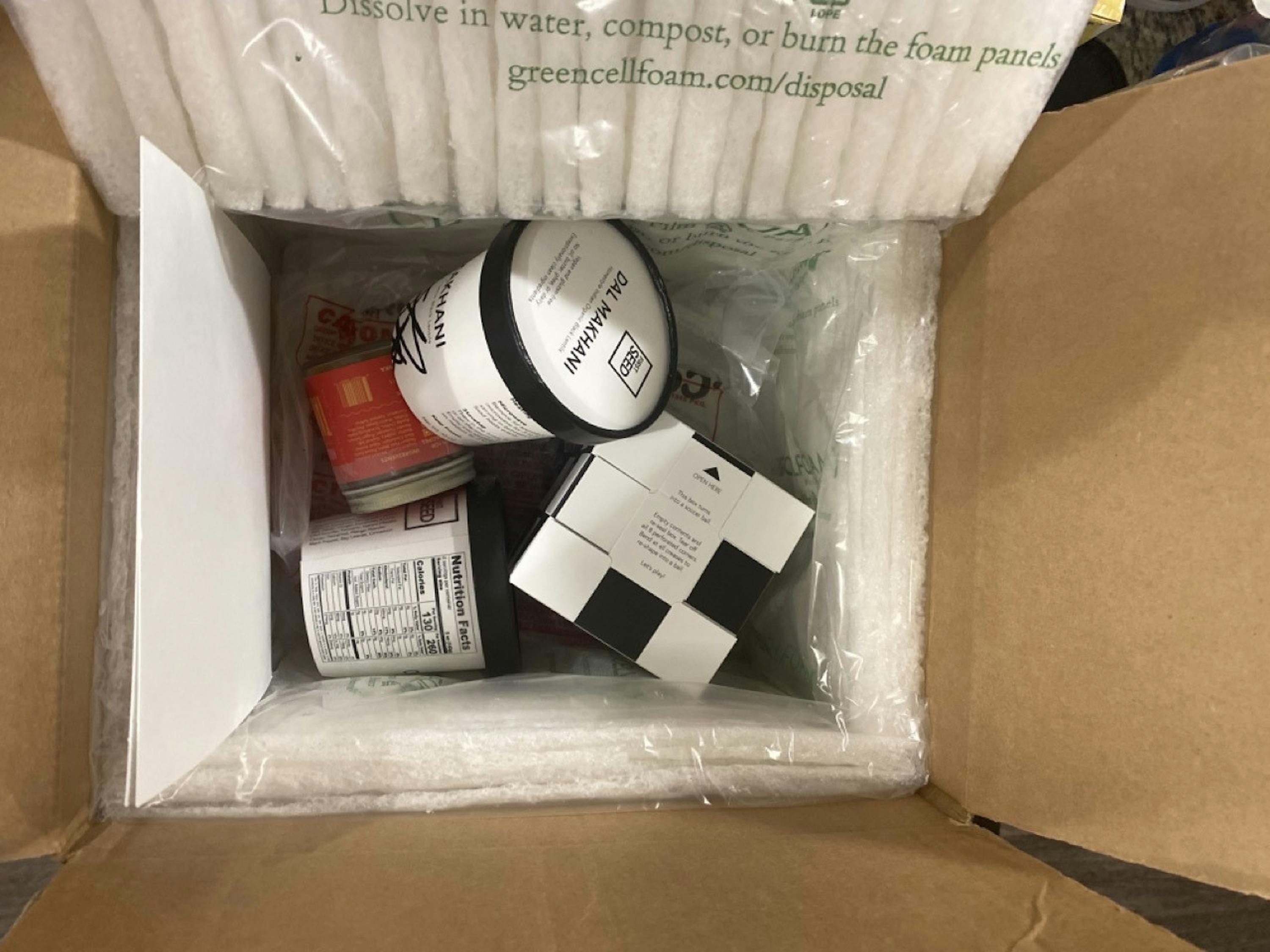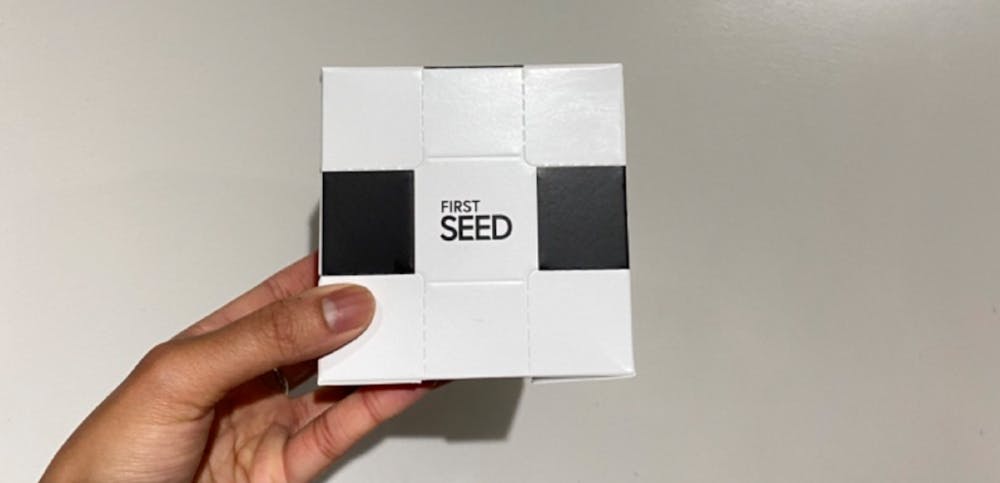It would be a crime to shove all Indian cuisines into the category of “Indian food.” There are at least 10 main categories of Indian food with many other subcategories — butter chicken with naan is barely representative of the diversity of Indian food. Though, butter chicken with naan is amazing.
Second, homemade, everyday Indian food is very different from the stereotypical Indian food that one may order at an Indian restaurant. This dissimilarity is somewhat normal across many cultures. The cuisine that you get at a restaurant will be different from what you eat at home.
I grew up eating what my aaji (grandma) would make for my own aai (mom) as she was growing up. A typical, everyday Marathi meal would include chapati or roti with a bhaji, rice and daal. My mom would make many different bhajis on a day-to-day basis, including those with potatoes, okra, bell peppers, paneer, green beans and black beans. I was very blessed to have been able to grow up with flavorful foods at home and to explore those of other cultures from eating outside.
In college, I started to miss my mom’s cooking and got myself an Instant Pot to help me recreate my mom’s cooking at home.
A while ago, I encountered First Seed Foods, a company that recreated some of the most general, home-style Indian foods without using oil, butter or ghee. While the Indian food that you order in a restaurant may have a higher oil content than that you might make at home, the concept of not using any oil, butter or ghee at all is surprising. There is a technique called tadka in Indian food, which consists of heating oil with spices like cumin, chili and bay leaves. Usually, a tadka is used to add more flavor or start the process of cooking a dish. To not do tadka with oil seemed like a very interesting concept.
First Seed sells pre-packaged foods with containers of options of dal makhani, rajma chawal, vegetable pulao, dal tadka and chana masala. The food is fully cooked but arrives frozen, shipped over dry ice. The food can be reheated in the microwave or over the stovetop.
I reached out to Arti Mala, founder of First Seed, and she sent me a sample package. Although I was given the food for free, all opinions written about First Seed in this article are my own. The sample package I received consisted of a container of chana masala, dal makhani and vegetable pulao.

I was pleasantly surprised by the taste of the three different foods made without oil.
The vegetable pulao was the least surprising. Pulao is a flavorful rice dish made with spices and vegetables without being too overbearing on the flavor. Pulao can technically be made without oil (just add vegetables, spices and rice to a pressure cooker), so the flavors of Pulao with and without oil should not be too different. The rice was perfectly cooked and the flavors of cardamom and elaichi, two spices used frequently in Indian cuisine, did come through when I was trying it. All the flavors and elements, such as peas and carrots, of pulao were there.
I ate the dal makhani with the pulao. The dal makhani tasted similar to what I remember — I hadn’t had it in a while. It’s very hard to describe, but dal makhani is something like a soup made with urad dal, a type of brown lentil. I will say that it was a bit bland, and I would have liked it to be spicier. That being said, I tend to favor spicy foods, so it might just be my preference. It had a nice, thick consistency that made it perfect to eat with the rice.
The last dish that I tried was the chana masala. Chana masala is a type of bhaji that’s a bit saucier and made with chickpeas, tomato sauce and spices. The chana masala was very flavorful, and I enjoyed it a lot. I made a couple of chapatis, a quick potato bhaji and a fried egg to go along with it. The chickpeas were cooked properly, and it had a really nice zing to it. The texture was pretty close to the way my mom makes it, and it paired well with the chapathi. Chana masala is a dish where I felt the lack of oil would alter the taste, but, surprisingly, it didn’t change the flavor as much as I expected.
Although I felt as though the food could have been a bit spicier and more flavorful, I understand that it’s best to keep the food less spicy to appeal to a more general audience.
While the flavors and the actual food fared well, I regret to say that I fail to understand the feasibility of ordering the package. My initial thoughts when wanting to try the prepackaged food included the ease that would come with not needing to cook, being able to microwave the container and getting home-style Indian food. While that was all fulfilled, I was a bit shocked to learn that one package with 12 containers of food, each having around two servings, is $135.
For college students, or even parents of college students who want to send this, this price does not seem reasonable. According to the First Seed’s website, one to two whole containers should be used for a meal. Therefore, at one container per meal, a package would amount to $11.25 per meal or $33.75 per day if you’re eating First Seed for three meals a day. In reality, this is too expensive.
In freshman year, I would eat the Trader Joe’s ready-made packets of Indian food, including their daal tadka. The current price of the packets is around $2.50, and one packet would provide maybe two servings. Although the Trader Joe’s packets have been made with oil and are from a larger corporation, it seems difficult to justify the price of a container of food from First Seed.
Apart from that, I really appreciate how the packaging is sustainable and meant to be reused, as well as First Seed’s dedication toward making foods that are healthier. However, I struggle to justify the price point for the quantity of food. I’m hoping that, in the future, the price can be reduced to make it a more reasonable purchase.





